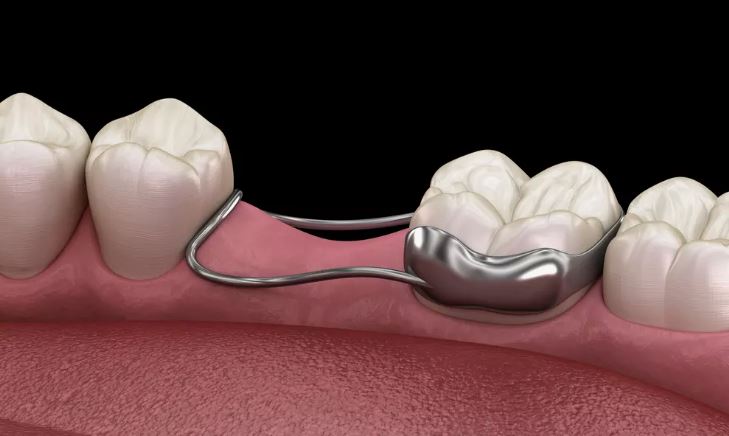How Long Do Spacers Stay In? A Timeline for Patients

How Long Do Spacers Stay In? A Timeline for Patients
Have you ever wondered or been asked: How long do spacers stay in, as a patient sets down to have their orthodontic treatment? Understanding the dental spacer timeline is important information before braces or phase orthodontics. Spacers can seem minor and perhaps insignificant, but they play a crucial part in your total treatment. In this blog post, we will discuss what dental spacers are, why they were placed, and the different types you can get, along with an average time course for their use.
From there, you should be well informed about how to navigate through orthodontics as a walk in the park. The following version has a little more pizazz and drives home the point that there is so much more to spacers than simply gearing up for orthodontic care.
What Are Dental Spacers?
Dental spacers: Dental houses or orthodontic separators are small rubber or metal appliances that might be placed between teeth to make space. Also often used as a treatment to prepare the patient for braces or other orthodontic appliances. Their main use is during orthodontic patches, moving teeth to the right area and creating space for mounting additional supports, and they guarantee an optimal placement on patients’ teeth.
Why Are Spacers Used?
Spacers are essential for several reasons:
- Creating Space: They help to create enough space between teeth for the placement of braces.
- Facilitating Movement: By creating space, spacers allow for the movement of teeth into their desired positions.
- Preventing Crowding: They help to prevent overcrowding of teeth, which can lead to misalignment and other dental issues.
Types of Dental Spacers
There are two main types of dental spacers:
- Elastic Spacers: These are silicone-based and are used more often when the purpose is to keep molars away from each other. This is usually the type of spacer that is seen more frequently and normally inserted in pairs.
- Metal Spacers: Dividers are those little metal parts we use when more room is needed between the boards. These are not as popular as other elastic spacers.
How Long Do Spacers Stay In?
Spacers can stay in place for different lengths of time, depending on the requirements of your course and type. That being said, here are some basic points:
- Typical Duration: Most spacers are removed after 1–2 weeks. This time frame allows for the teeth to just start their movement with enough space.
- Follow-Up Appointments: Most patients have a recall appointment 1-2 weeks after the initial spacer placement. During this return visit, the orthodontist will check on progress and determine whether or not it is necessary to replace or adjust the spacers.
- Removal of Spacers: When the preferred space is attained, these spacers will be taken out during a follow-up appointment. This is usually performed in anticipation of braces being put on.
What to Expect When Getting Spacers
Understanding what to expect when getting spacers can help alleviate any anxiety about the procedure:
- Initial Placement: The orthodontist will place the spacers using a special tool. This process is usually quick and may cause slight discomfort.
- Discomfort: It is common for patients to feel low-grade pressure or mild discomfort following spacer placement. That is okay and usually goes away within the next few days.
- Dietary Restrictions: Sticky or hard foods should be avoided since they can adversely affect the spacers.
- Oral Hygiene: Maintaining good oral hygiene is essential while spacers are in place. Patients should brush and floss carefully to avoid plaque buildup.
Signs That Spacers Need Attention
While spacers are generally safe, there are some signs that may indicate a need for attention:
- Severe Discomfort: If a patient experiences significant pain or discomfort that does not subside, they should contact their orthodontist.
- Dislodged Spacers: If a spacer becomes dislodged or falls out, patients should notify their orthodontist for further instructions.
- Infection Signs: Any signs of infection, such as swelling or pus, should be addressed immediately.
Conclusion
So, dental spacers are very useful for orthodontic treatment to induce the required space for the braces. They usually stay on for around 1 to 2 weeks so that your teeth can get used to their position. Consolidating spacer information and what this apparatus does helps to increase overall patient knowledge while navigating through their orthodontic journey.
For more information on dental spacers and how they can benefit your oral health, visit Ramlaoui D.D.S. today!
19-08-2024

